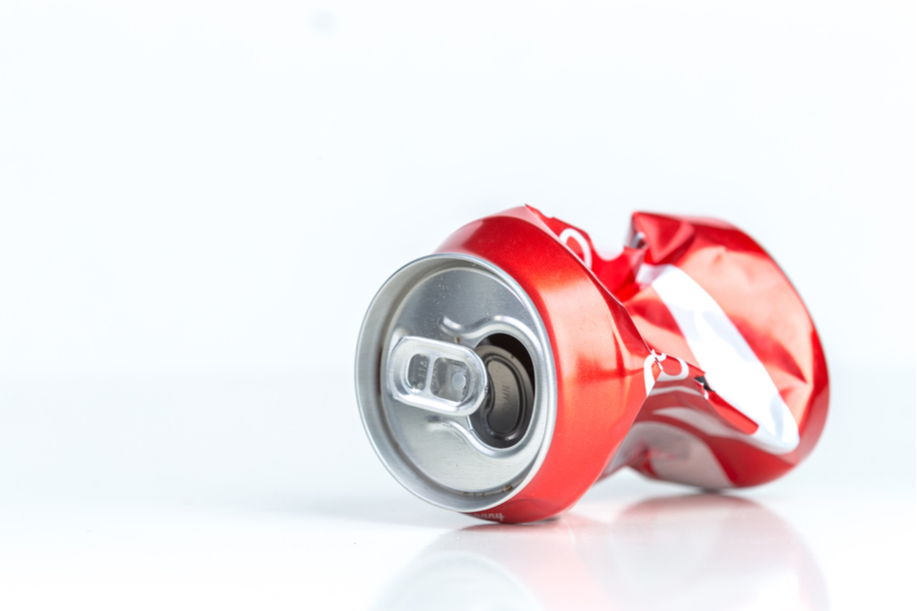To hear Defenders of Wildlife tell it (in a report released this week in conjuction with the Mercury Policy Project and the Center for Science in the Public Interest), canned tuna is no longer "family-safe." Trace levels of mercury in some imported tuna brands, it turns out, are a bit higher than those found in domestic cans. But before you ransack your pantry looking for foreign fish to discard, you should know what these activist groups aren’t telling you. As we explained to the Associated Press yesterday, "Without exception, every can of tuna sampled by Defenders of Wildlife is safe to eat."
The centerpiece of the report is a scary-looking chart showing levels of mercury in tuna imported from various countries. The bold black horizontal line represents the Food and Drug Administration’s (FDA’s) mercury "Action Level" — the implication being that any fish over the line is dangerous to eat. But it’s not true.

That FDA "Action Level," as we document in our recent report, Safe Fish, includes a ten-fold safety cushion. If Defenders of Wildlife were more interested in educating Americans than scaring them, they would have printed a chart that looks more like the one below. The bold red line at the top represents a more realistic harm threshold — what the FDA calls the "lowest [mercury] level associated with adverse effects" to people’s health.





